Optimal Timing and Techniques for Shrub Trimming

Early spring is ideal for shaping and removing dead or damaged branches before active growth begins.
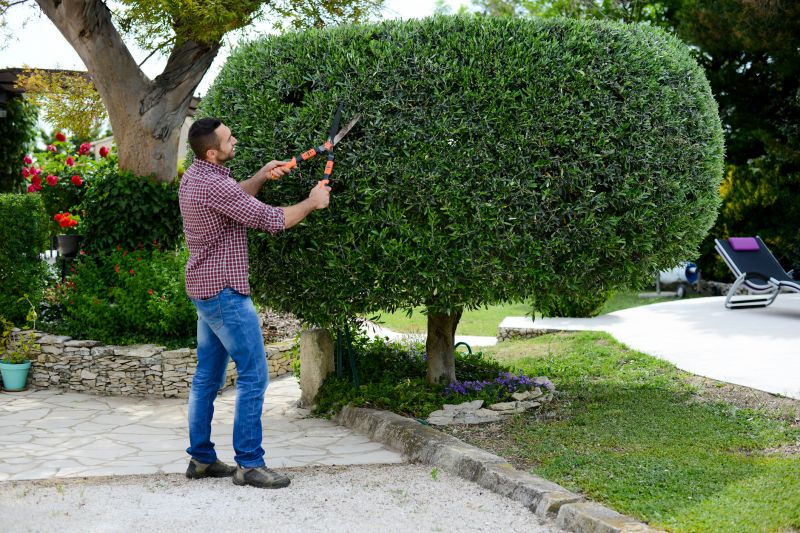
Light trimming during summer encourages bushiness and maintains shape without stressing the plant.
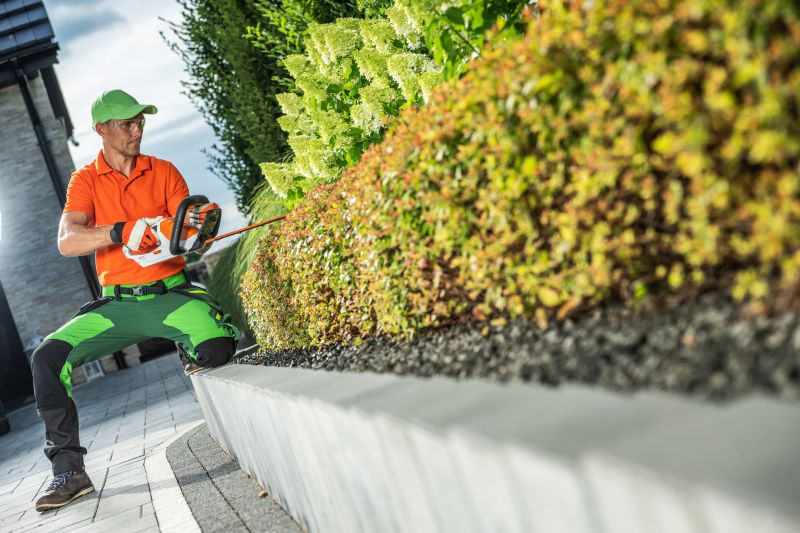
Late fall trimming helps prepare shrubs for winter, removing any weak or diseased growth.
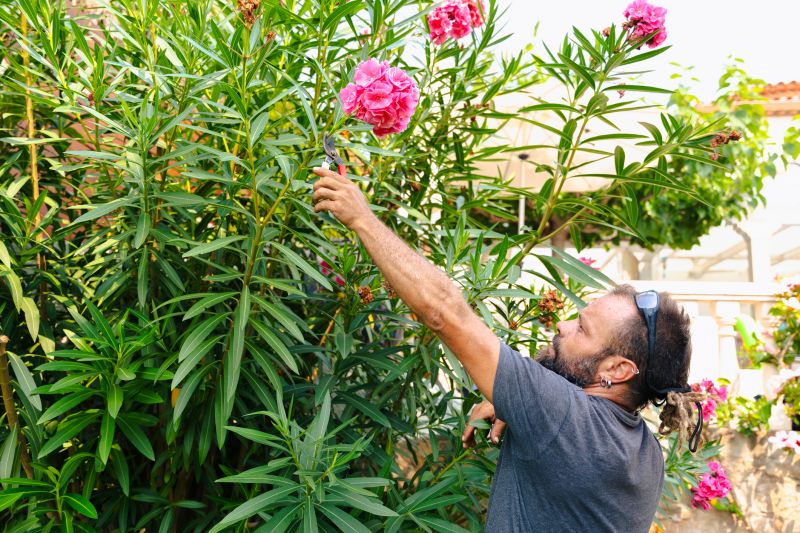
Ways to make Shrub Trimmings work in tight or awkward layouts.
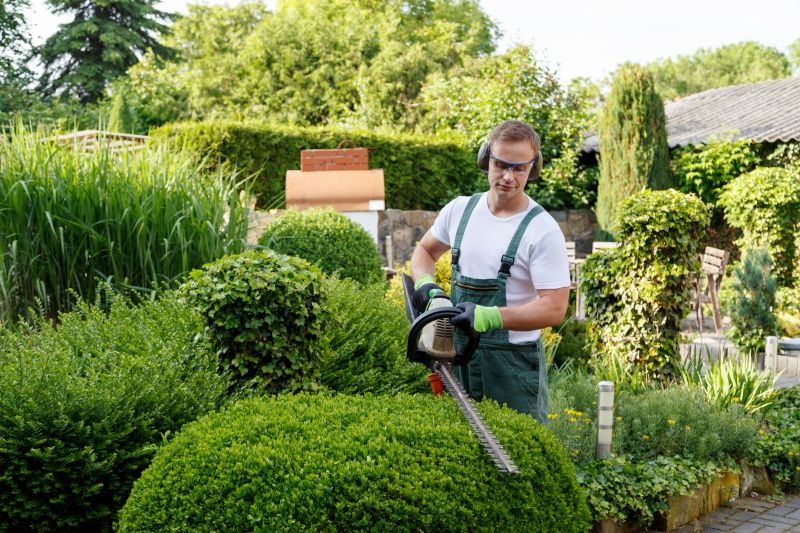
Popular materials for Shrub Trimmings and why they hold up over time.
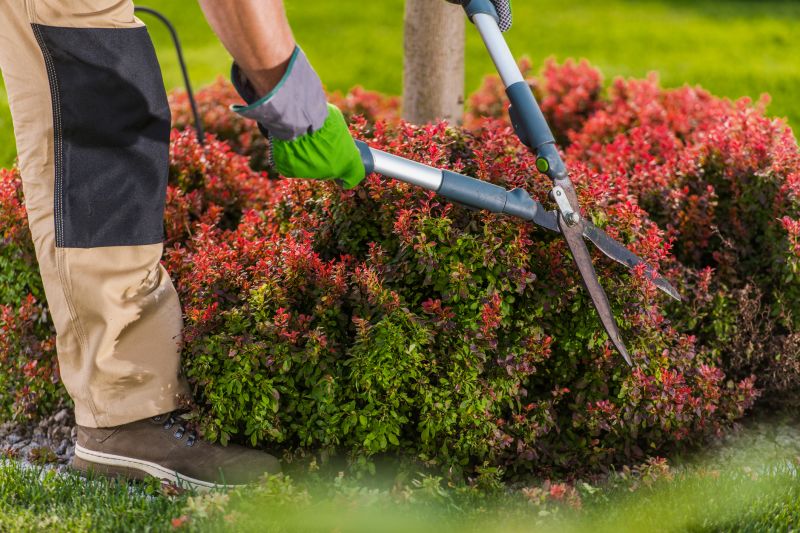
Simple add-ons that improve Shrub Trimmings without blowing the budget.
Many flowering shrubs are best trimmed immediately after blooming to avoid cutting off next season's flowers.
Evergreens can be trimmed in late winter or early spring before new growth starts.
Deciduous varieties are often best trimmed in late winter or early spring, before leaf-out.
Removing dead or diseased branches can be done anytime, but the main trimming should follow specific seasonal guidelines.
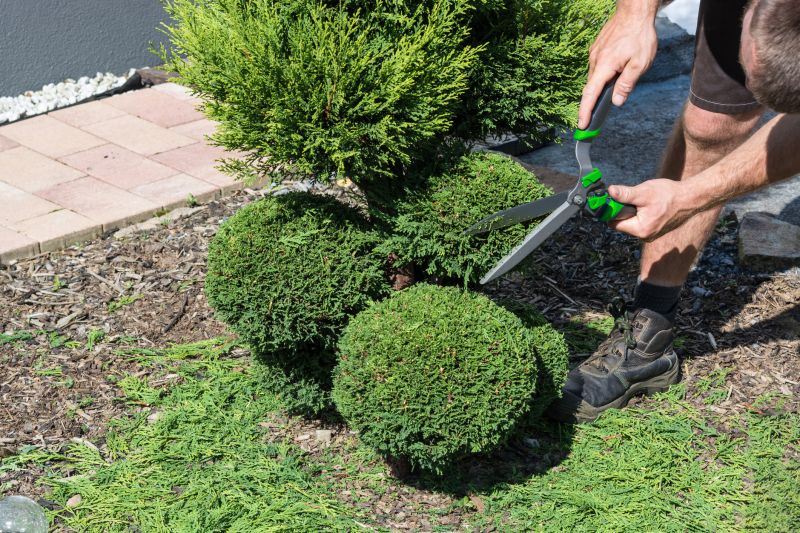
High-end options that actually feel worth it for Shrub Trimmings.
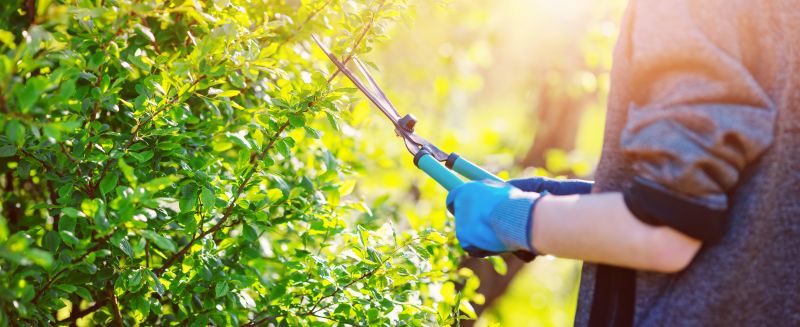
Finishes and colors that play nicely with Shrub Trimmings.
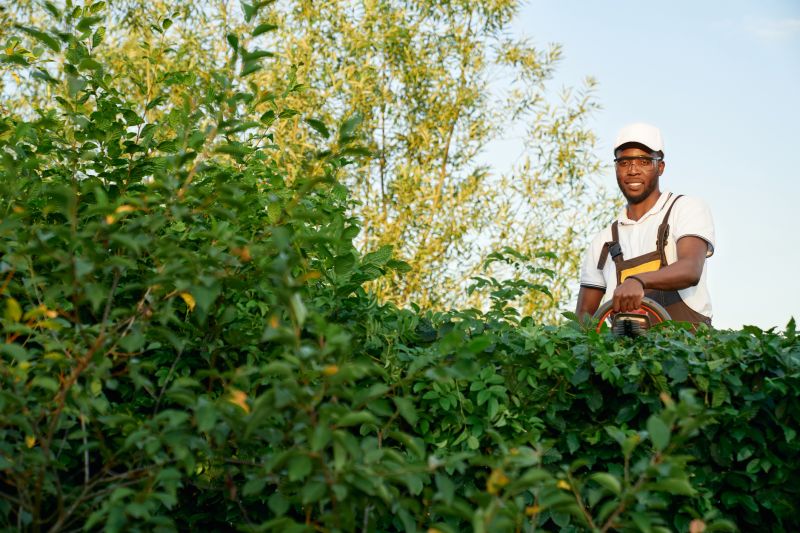
Little measurements that prevent headaches on Shrub Trimmings day.
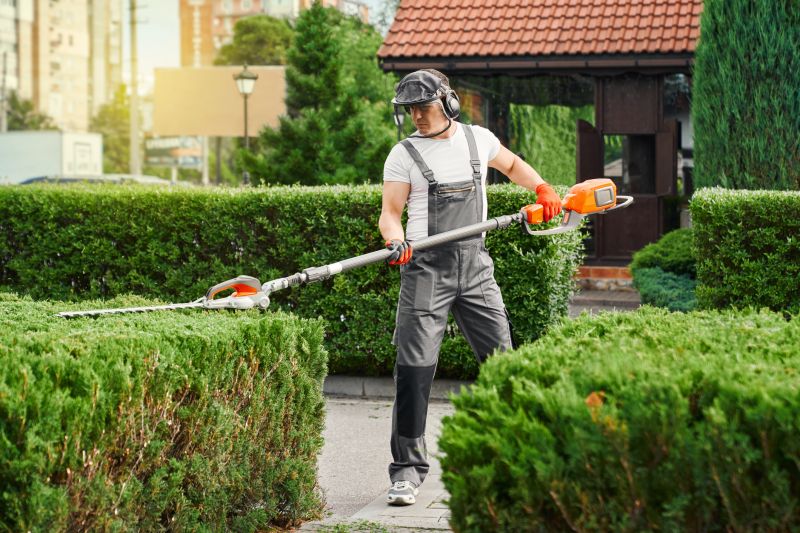
A 60-second routine that keeps Shrub Trimmings looking new.

A frequent mistake in Shrub Trimmings and how to dodge it.
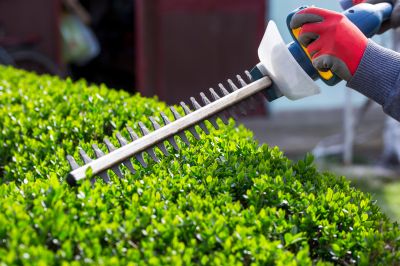
Small tweaks to make Shrub Trimmings safer and easier to use.
| Season | Best Time for Shrub Trimmings |
|---|---|
| Spring | Early to mid-spring, before new growth |
| Summer | Early summer for light trimming |
| Fall | Late fall after leaf drop |
| Winter | Late winter or early spring before growth begins |
| Flowering Shrubs | Immediately after blooming |
